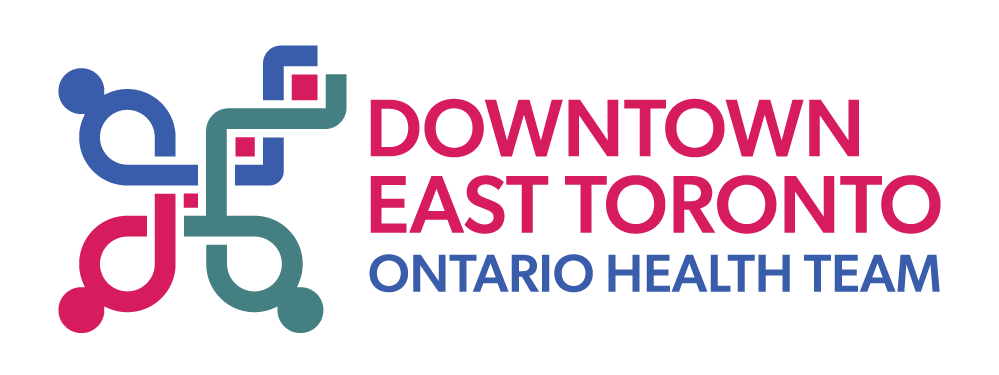Overview
DET OHT is committed to connecting its diverse communities to the primary care services. To advance this priority, the DET OHT is launching one of its most significant primary care initiatives to date in Fall 2024. This program will address the service gaps for individuals facing substantial social and economic challenges in accessing team-based, interprofessional primary care. These groups include:
- Indigenous communities
- Black communities
- People experiencing housing insecurity
- 2SLBTQIA+
- Refugees
- People with disabilities
- People who use drugs
- Others facing barriers to comprehensive team-based care
About the Program
The program will encompass a two-pronged approach to improve client navigation:
- Increasing access to team-based primary care services
- Increasing attachment to these services.
It will follow the principles of health equity and population health to reduce disparities in health outcomes across diverse DET community.
The DET OHT is undertaking this program in collaboration with four of its Team Members, representing a diverse mix of partnering primary care organizations (PCOs) including Community Health Centres, Academic Family Health Teams (AFHT), and Family Health Teams (FHT):
- Sherbourne Health FHT
- Regent Park CHC
- St. Michael’s AFHT
- Inner City FHT
The care model will embed Nurse Practitioners (NPs) in the four PCOs mentioned above to strengthen clients’ access and attachment to primary care. The NPs will offer low-barrier primary care services outside of the traditional primary care office, including pop-up clinics, weekly drop-in clinics, and walk-in services, to enhance access to and reach of primary care services.
Caseworkers will work alongside the NPs to provide navigation and service coordination support. Moreover, over time, other care providers will join the circle of care; these will include, but are not limited to, community ambassadors, system navigator(s), a chiropodist, a social worker, a mental health practitioner, and a physiotherapist.
The partnering PCOs will collaborate closely with referring community partners, specifically Black- and Indigenous-focused organizations, to proactively identify clients.
Integrated Pathway Design

Following the learnings and insights from the planning and pathway design held earlier this year, the DET OHT hosted the second design session in August 2024. The four partnering PCOs, clients, community members, and referring partners were among the attendants.
The multidisciplinary approach brought diverse perspectives to the table when addressing potential barriers in the client navigation pathway. The session was centered on developing strategies tailored to the unique needs of the target population.
The interactive four-hour session provided additional key insights for structuring and planning the integrated primary care pathway.
The pathway design process is iterative and ongoing. There are plans for continued engagement sessions and rapid testing involving clients from referring partners, both before and after the program’s launch.

